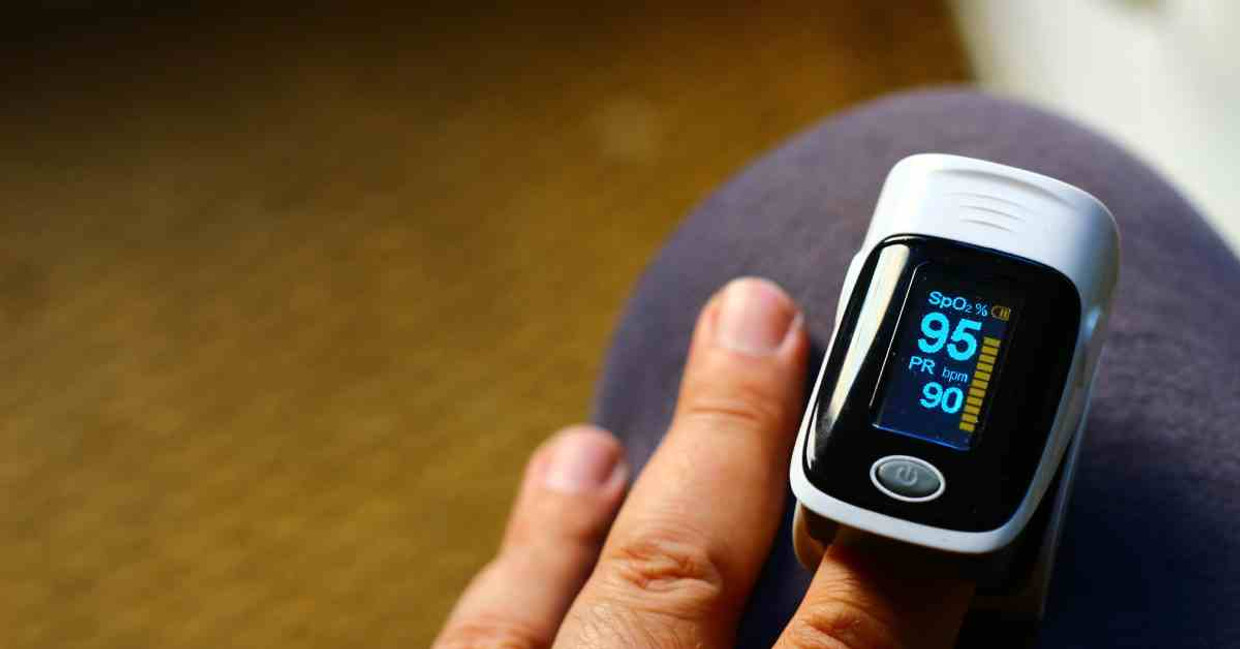Exploring New Innovations and Capabilities of Pulse Oximetry
The field of healthcare is constantly evolving, and with it, the tools and technologies we rely on to provide accurate and effective care. One such tool that has seen significant innovation is the pulse oximeter. From its humble beginnings to its current state as a crucial monitoring device, pulse oximetry has made tremendous strides. We’ll be exploring new innovations and capabilities of pulse oximetry, taking a look at the past, present, and future of this important medical tool.
The Evolution of Pulse Oximetry
Pulse oximetry has come a long way since its inception. Initially developed in the 1970s, the device quickly became a staple for monitoring patient oxygen saturation levels in hospitals. Its non-invasive nature and ability to provide real-time data made it indispensable. Over the years, technological advancements have enhanced its accuracy and functionality, solidifying its place in modern healthcare.
How Pulse Oximetry Works
At its core, a pulse oximeter measures the oxygen saturation of a patient's blood. But how does it accomplish this? The device uses light-emitting diodes to emit red and infrared light through a part of the body, usually a fingertip or earlobe. The differences in light absorption between oxygenated and deoxygenated blood allow the device to calculate oxygen saturation levels. This simple yet ingenious mechanism provides vital information swiftly and accurately.
Latest Innovations in Pulse Oximetry
Innovation in pulse oximetry has been nothing short of revolutionary. Modern devices are more sophisticated and user-friendly, with features like wireless connectivity, mobile app integration, and even artificial intelligence making it possible to achieve better data interpretation. These advancements have expanded the scope of pulse oximetry, making it an invaluable tool in various healthcare settings, including telemedicine and home care.
Diverse Applications in Healthcare
One of pulse oximetry's greatest strengths is its versatility. In emergency rooms, it aids in rapidly assessing patients' respiratory functions. In neonatal care, it's essential for monitoring the fragile health of premature babies. Midwives use it to ensure both mother and baby maintain healthy oxygen levels during childbirth. Its applications are as diverse as they are critical, proving its indispensability in healthcare.
Future Trends in Pulse Oximetry
Looking ahead, the future of pulse oximetry is bright. We can expect even more integration with digital health platforms, enabling seamless data sharing and remote monitoring. Advances in sensor technology may allow for more precise measurements and the ability to detect other vital signs. These trends will undoubtedly make pulse oximetry an even more powerful tool in the arsenal of medical professionals.
Pulse oximetry has evolved significantly, offering new capabilities that enhance patient care. Its role in various medical fields underscores its importance. Understanding the innovations and capabilities of pulse oximetry is crucial for medical professionals and midwives. If you need pediatric pulse oximeters, explore Cascade Health Care's selection today. By understanding and leveraging these advancements, healthcare providers can continue to deliver exceptional care, ensuring the well-being of their patients.
Recent Posts
-
Exploring Recent Innovations in Doppler Signal Processing
Doppler technology has become an essential diagnostic tool in modern medicine, enabling healthcare p
-
Exploring Recent Innovations in Doppler Signal Processing
Doppler technology has become an essential diagnostic tool in modern medicine, enabling healthcare p


